Now, let us see how chmod command can be used to change the access mode of a file Example 1 Let's change the assgn1_clientc permission so that the owner cannot write (w) in the file but can only read it BEFORE rwrwr mik mik assgn1_clientc COMMAND chmod u=r assgn1_clientc AFTER rrwr mik mik assgn1_clientc BeforeAdd a sticky bit to a given directory chmod ot dirname; Chmod table 3243Chmod table permissions In Unix and Unixlike operating systems, chmod is the command and system call which is used to change the access permissions of file system objects It is also used to change special mode flags The request is filtered by the umask The name is an abbreviation of change mode Modes are the filesystem

How Chmod 777 Works
Chmod take ownership
Chmod take ownership-To change the permissions of a file, one uses the chmod command, with the following syntax The references are shorthand ( u , g, or o) for each class The operator determines whether to add ( ), remove ( ) or explicitly set ( =) the particular permissions TheLinux has 3 types of access to files and directories reading, writing, and execution permissions Reading permission grants users access to read files while writing permissions allow users to edit or remove files, execution permissions allow them to run files The bit setuid, setgid and sticky allow you to implement additional restrictions or privileges without changing the permissions table



What Does Chmod 775 Mean Quora
CHMOD is used to change permissions of a file PERMISSION COMMAND U G W rwx rwx rwx chmod 777 filename rwx rwx rx chmod 775 filename rwx rx rx chmod 755 filename rw rw r chmod 664 filename rw r r chmod 644 filename U = User G = Group W = World r = Readable w = writable x = executable = no permissionThe chmod command enables you to change the permissions on a file You must be superuser or the owner of a file or directory to change its permissions You can use the chmod command to set permissions in either of two modes Absolute Mode Use numbers to represent file permissions (the method most commonly used to set permissions) When you change permissions by using the As you might remember, the default file permission value is 0644, and the default directory's is 0755 The default umask value is subtracted from the overall file/directory default value You can set the umask values in /etc/profile or in ~/bashrc Wrapping up Chmod is a great Linux command for manipulating file and directory permissions
The following table lists the chmod command operators Operator Description adds the specified modes to the specified classesremoves the specified modes from the specified classes = Used to assign permission of one type of account to another Example 1 (user is given execute permission using chmod command)The " chmod " command in Linux enables you to control the access of scripts, directories, and your system files This command is utilized to change the Linux file permissions, which seems a complicated method but is simple once you understand its functionality Before discussing the chmod command, let's go through the fundamentals of Linux file permission The linux chmod permissions table explains how linux chmod command that place of mathematical operations in linux system, the table lists the different meanings Write their primary and linux chmod permissions table lists its access permissions of
Changing chmod permissions ¶ In order to change the permissions of a file (filesh for example) or directory using chmod, you can use any of the following commands In symbolic mode chmod u=rwx,g=rw,o=r filesh In octal mode chmod 764 filesh One can also edit an already defined permission with the help of the following operatorsAdd the file's owner permissions to the permissions that the members of the file's group have chmod gu filename;The chmod command uses a threedigit code as an argument The three digits of the chmod code set permissions for these groups in this order Owner (you) Group (a group of other users that you set up) World (anyone else browsing around on the file system) Each digit of this code sets permissions for one of these groups as follows




Understanding Permissions Apple Training Series Mac Os X System Administration Reference Volume 1




Changing Permissions On A File In Linux Mvps Net Blog
Chmod is a command line utility that is used for manually managing the access and permissions to files and directories on Linux, Mac, and other Unix like operating systems According to the man page document for chmod "The chmod utility modifies the file mode bits of the listed files as specified by the mode operand It may also be used to modify the Access Control Lists (ACLs)CHMOD Calculator Chmod is a UNIX and Linux command for setting file or directory permissions It is a confusing topic until you learn it, but it is needed if you plan to work with UNIX or Linux web servers There are three different possible user levels, each with three different possible settings The three user levels are Owner, Group, and Other chmod R 751 sample How to read file and directory information in Linux I used chmod to specify the permissions as a number 07 I only showed the resulting table, but I didn't explain the meaning of it The meaning of the numbers is easier to understand if you look at how files and directories are displayed in Linux Let's look at it first




How To Use Chmod Command In Linux Explained With Examples




How Chmod 777 Works
The command chmod changes the file mode bits of each given file according to mode, which can be either a symbolic representation of changes to make, or an octal number representing the bit pattern for the new mode bits chmod never changes the permissions of symbolic links;Chmod chmod(change mode) is a widely used command to change the permissions of files and directoriesIt allows the setting of user, group and other bits which each define what rights each classification of user has over the files Additionally serverside languages provide functions that are roughly analogous to chmod in terms of operation using absolute notation1 Change absolute file permissions The file permission bits rwx can be represented as an Octal Character This enables us to set the absolute file permission of a file using chmod We can convert the rwx to an Octal Character, using the below rules r = 4 if the read bit is set Otherwise, r = 0




Linux Users And Groups Linode




Command Line Understanding Chmod Symbolic Notation And Use Of Octal Ask Ubuntu
What Does chmod 777 Mean Linux operating system, like most others, offers multiple users to use the same system This requires implementing different permissions for different files and folders to ensure the privacy of operation The chmod command is used for changing these permissions for the files and foldersThe chmod command is used to alter the permissions of a file It may be used to add or remove permissions symbolically It may be used to add or remove permissions symbolically For example, to add execute permissions for the owner of a file you would run In this article The Microsoftimplemented POSIX function name chmod is a deprecated alias for the _chmod function By default, it generates Compiler warning (level 3) C4996The name is deprecated because it doesn't follow the Standard C



1
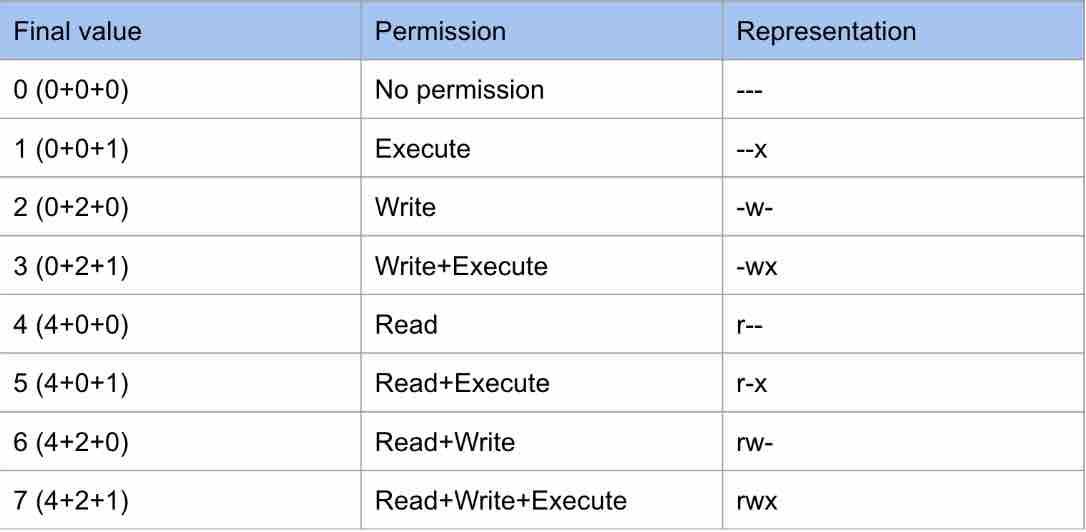



How To Manage Permissions In Linux Guide For Beginners
Permission bits Select the permissions you require below The tool will provide you with an octal code that corresponds to these permissions which can then be applied to relevant directories and files with chmodUseful File Permission Commands¶ umask¶ When a file is created, the permission flags are set according to the file mode creation mask, which can be set using the umask command The file mode creation mask (sometimes referred to as "the umask") is a threedigit octal value whose nine bits correspond to fields 210 of the permission flagsThe UNIX chmod command The UNIX chmod command (pronounced ?schmod?) is used to change the execution permissions of a UNIX file The chmod command is based on the permissions we covered in the umask section, and the chmod permissions can be assigned either by number (Table 4) or by a letter value




14 Permission And Modification Times
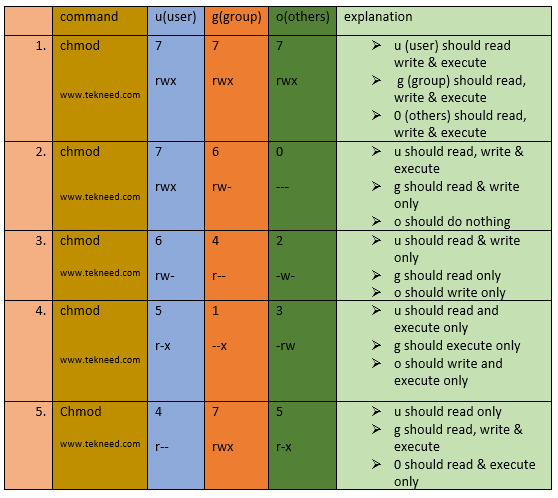



How To Set And Manage File Permission In Linux Part 1
Numerical Shorthand Another way to use chmod is to provide the permissions you wish to give to the owner, group, and others as a threedigit number The leftmost digit represents the permissions for the owner The middle digit represents the permissions for the group membersNow if we use chmod, it does not allow to modify root permission # chmod c recursive 755 / chmod it is dangerous to operate recursively on '/' chmod use nopreserveroot to override this failsafe Linux Permissions Syntax You can use this table to understand the different symbolic or octal value to use with chmod One important limitation in hive is that it does not support rowlevel insert, update, and delete operations So the only way to load data into a table is to use one of the bulk load methods or simply write files in the correct directories By now you learned how to create tables in hive and these tables may be managed tables or external table




Permissions Why Am I Not Able To Use Chmod 000 For A Folder Ask Ubuntu
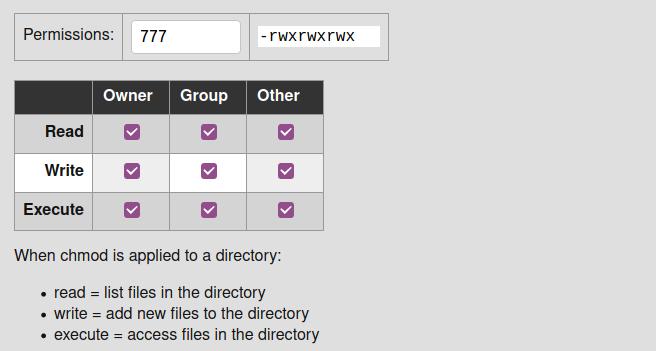



Everything You Need To Know About Linux Chmod Command
Changing file permissions with chmod command using octal notation To change file permissions of a file use the syntax below chmod octal value filename For example, to change file permissions of a file file1txt, to say rwrr execute chmod 644 file1txt This isCut & Paste Chmod Calculator Credit Peter Crouch Description The chmod calculator is the script to have handy when setting permissions on your cgi files via FTP 755 anyone?The chmod system call cannot change their permissions
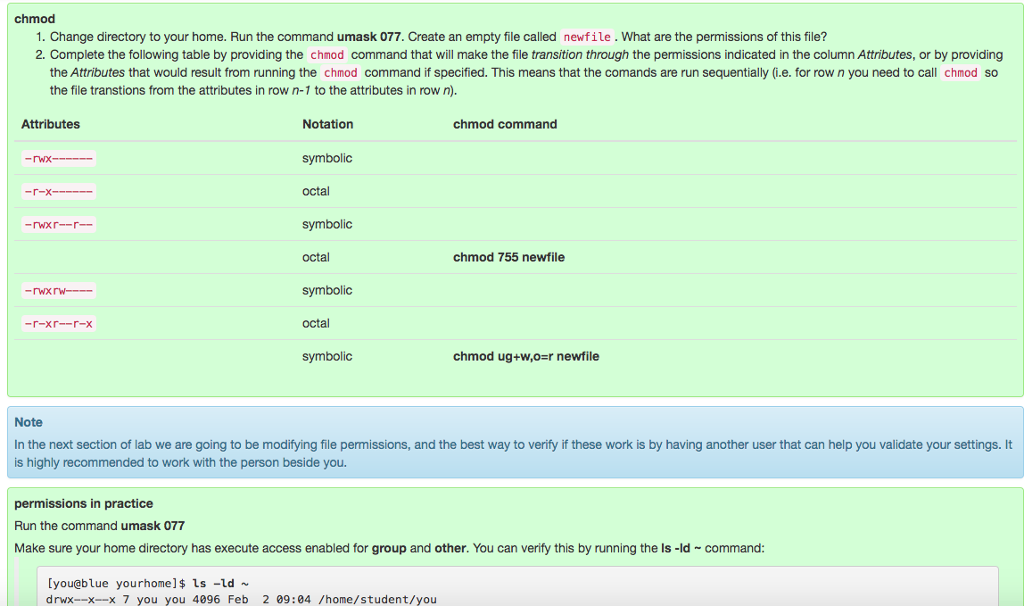



Lab 03 File Permissions In This Lab We Will Learn Chegg Com




Chapter Eighteen Working With Mac Os And Linux
Table 1069 Options for the chmod command This command accepts a file name or multiple file names separated by spaces You can only set file permissions to readwrite, readonly, and no permissions You cannot set file permissions to writeonlyNumeric Method # The syntax of the chmod command when using numeric method has the following formatLinux chmod Command Linux chmod command is used to change the access permissions of files and directories It stands for change mode It can not change the permission of symbolic links Even, it ignores the symbolic links come across recursive directory traversal




Chmod Encoding Large Chmod Encoding Table Tek Bahadur Limbu Flickr




Unix Permissions The Easy Way Index Of All Chmod Permutations By Semi Koen Towards Data Science
The chmod 600 command allows users or clients to read and write the file and directories But it doesn't allow them to delete or execute the directories No one but only you can execute files from your system in a chmod 600 protected system sudo chmod 600 /path/to/file/ Extra Tips – 1 Use Chmod Command to Install Packages on LinuxChmod Calculator is a free utility to calculate the numeric (octal) or symbolic value for a set of file or folder permissions in Linux servers How to use Check the desired boxes or directly enter a valid numeric value (eg 777) or symbolic notation (eg rwxrwxrwx) to seeTable 41 Changing Directory and File Access Permissions (continued) chmod command (octal or letters) Original Permission Permission Description chmod gor drwxdrwxrrAdding read permission to a directory may not give desired results Without execute on, others can't view the contents of any files in that directory chmod 0777 Chmod table 3243Chmod table permissions In Unix and




Command Line Understanding Chmod Symbolic Notation And Use Of Octal Ask Ubuntu




I Made This Chmod Cheat Sheet And Thought It Might Be Useful Linux4noobs




Files And Directory Permissions In Linux




Is There A Web Based Converter Between Rwx And The Octal Version Unix Linux Stack Exchange
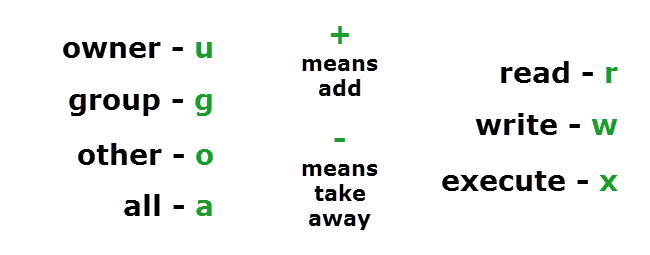



Understanding Linux Permissions And Chmod Usage
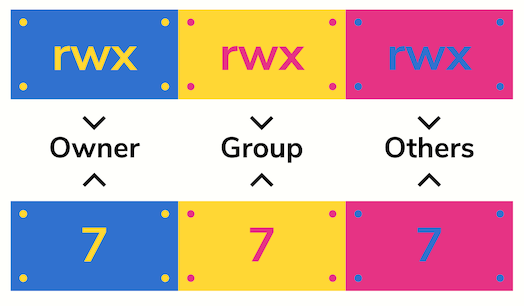



Unix Permissions The Easy Way Index Of All Chmod Permutations By Semi Koen Towards Data Science




How To Use Chmod Command In Linux Explained With Examples




Parallel Unix Commands Download Table



I Made This Chmod Cheat Sheet And Thought It Might Be Useful Linux4noobs




Chmod Change Mode Of A File Or Directory In Unix Youtube




When To Use Chmod Vs Chown Cbt Nuggets




How Would One Set The Permission Codes For Data And Chegg Com




Chmod 777 Or 755 Learn To Use Chmod Command With Examples




Kitchen Table Talk Chmod Calculator Standaloneinstaller Com
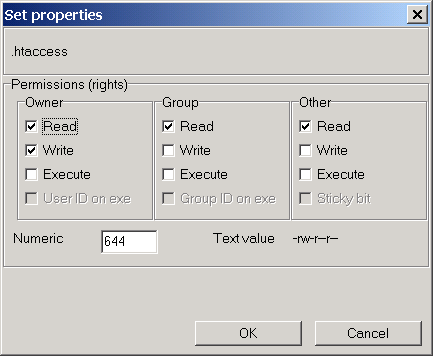



Chmod Help



What Is The Chmod 777 Filename Sh Used For Quora
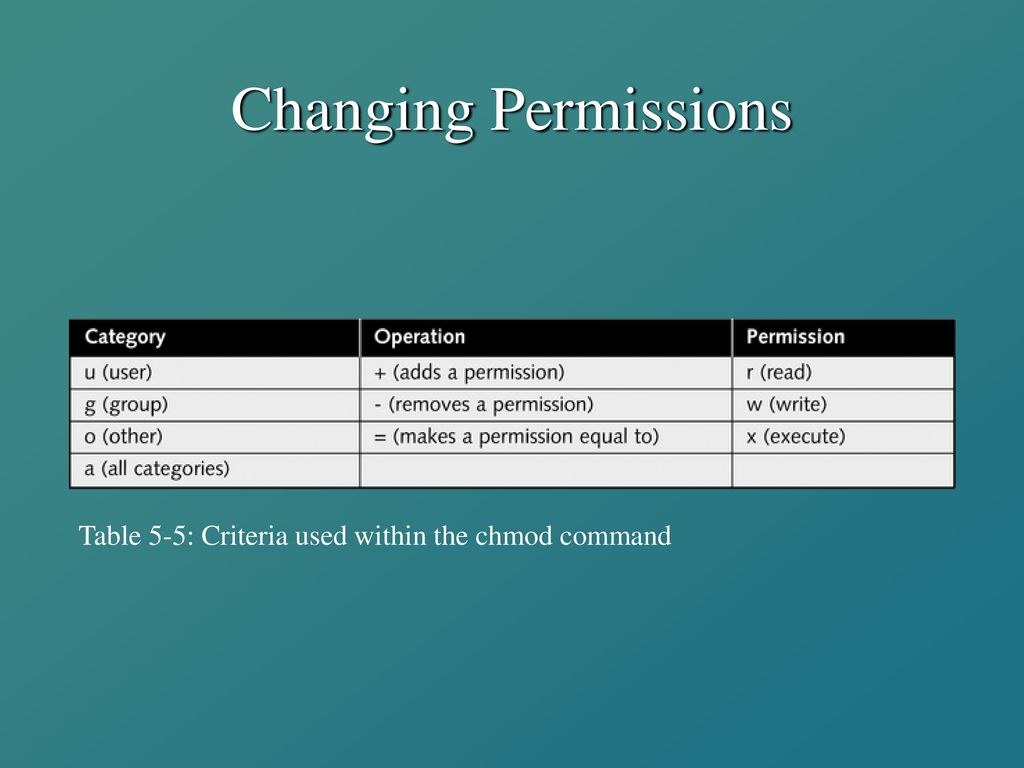



Linux Filesystem Management Ppt Video Online Download
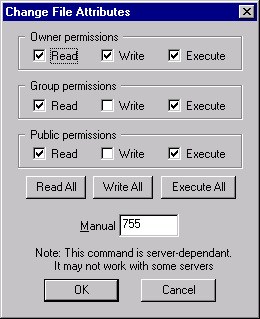



Understanding File Permissions




How To Change Permissions And Owners Via Linux Command Line
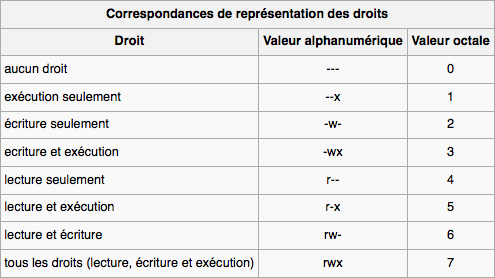



Modification Chmod Gestion Des Droits Des Fichiers Et Dossiers




Unix Permissions Explained




Linux Commands Chmod




Execute Vs Read Bit How Do Directory Permissions In Linux Work Unix Linux Stack Exchange




Linux Chmod Command Examples Journaldev




Your Own Linux Chmod Basics Of Files Directories Permissions And Use Of Chmod




Chmod Command Linuxhowto Net
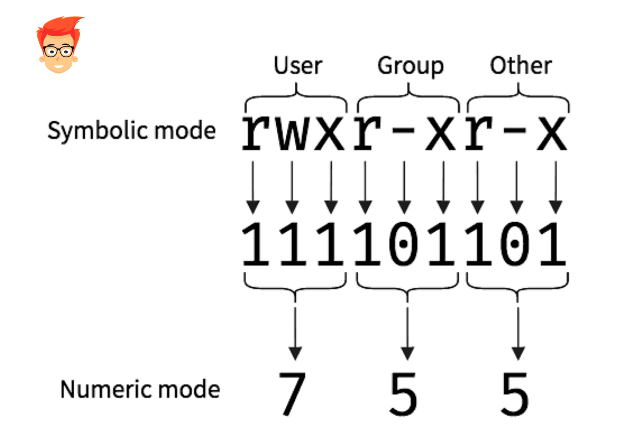



Chmod Calculator For Linux File Permission




Chapter 8 File System Security File Protection Schemes
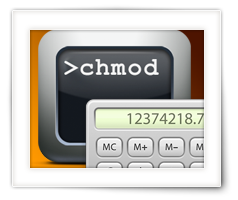



Tweaking4all Com Chmod Calculator Set File Permission With Chmod




File Permission Meanings Stack Overflow




Unix Permissions
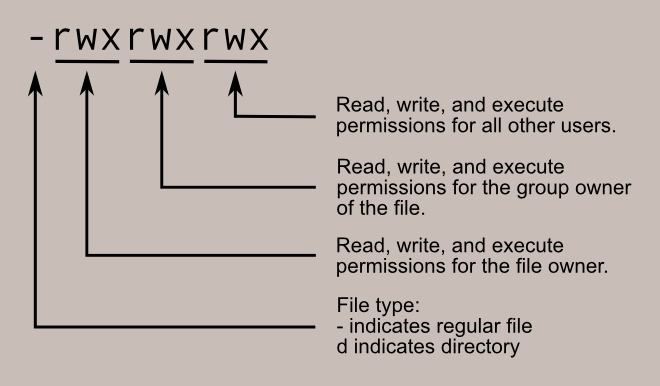



Learning The Shell Lesson 9 Permissions




File Security And Permissions A File Is Owned By The User Who Created It That User Can Then Specify Who Can Read Write And Execute That File A File When Ppt




Chmod 777 A Definitive Guide To File Permissions
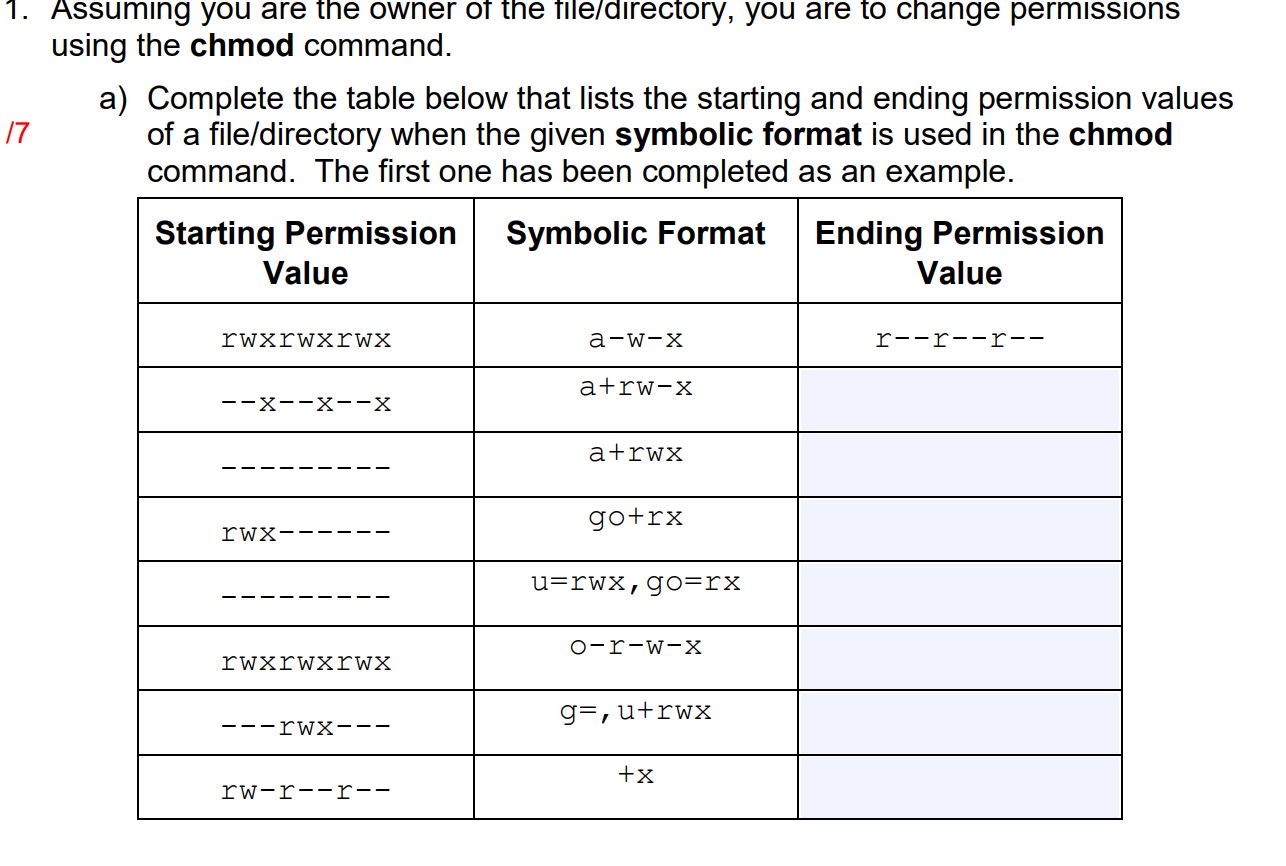



1 Assuming You Are The Owner Of The File Directory Chegg Com




The Basics Of The Chmod Command Pi My Life Up
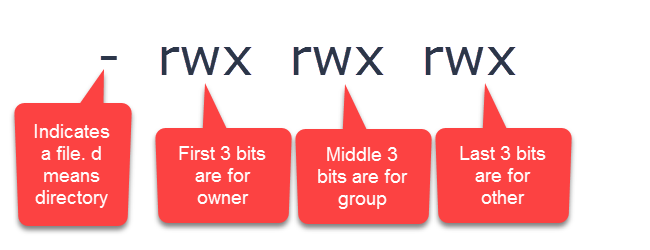



Understanding Linux Permissions And Chmod Usage




Linux Guide To Linux Certification Chapter Five Linux



Linux Chmod Tips



Tutoriel Les Chmod




Restore Executable Permission To Chmod Command In Linux Ostechnix
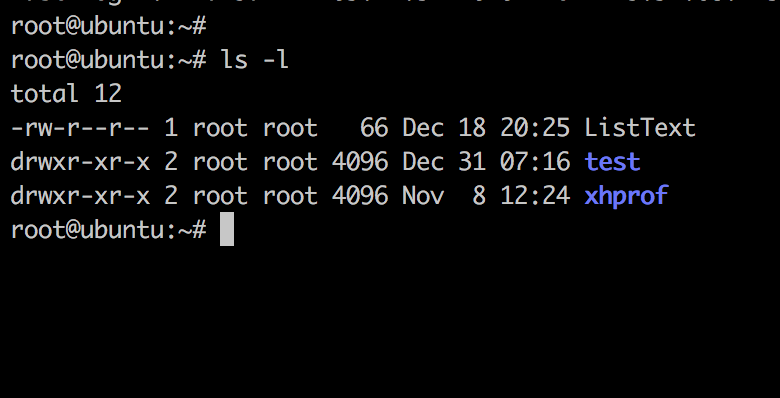



Linux Chmod Command Linuxfordevices



Understand Linux File Permissions Using Chmod And Chown Commands Programming Tips For Versatile Coders
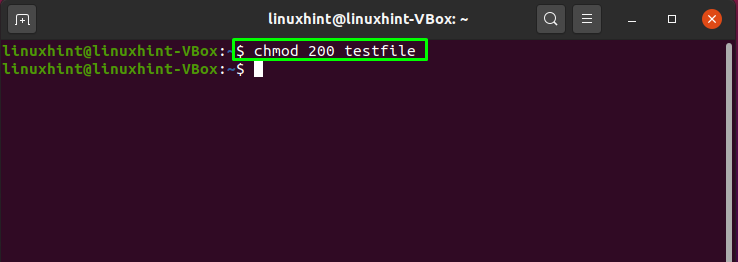



How To Use Chmod Command In Linux




How Would One Set The Permission Codes For Data And Chegg Com



What Does Chmod 775 Mean Quora



Linux Permissions 777 Meaning




Lisica Fenomen Prosto Go Napravi Chmod A W Acprivoli Com




Chmod Sharing Is Caring




Cit 500 It Fundamentals Users And Filesystems 1
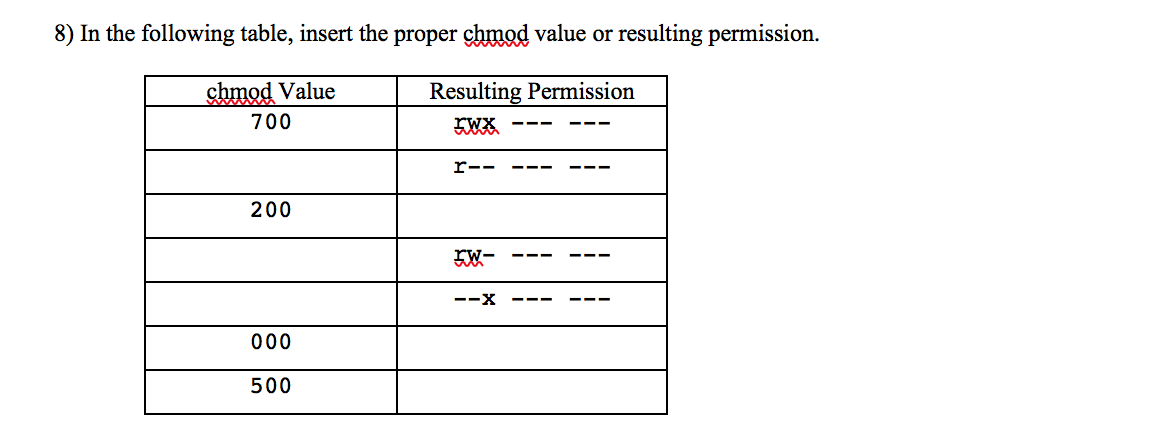



Solved 8 In The Following Table Insert The Proper Chmo



1
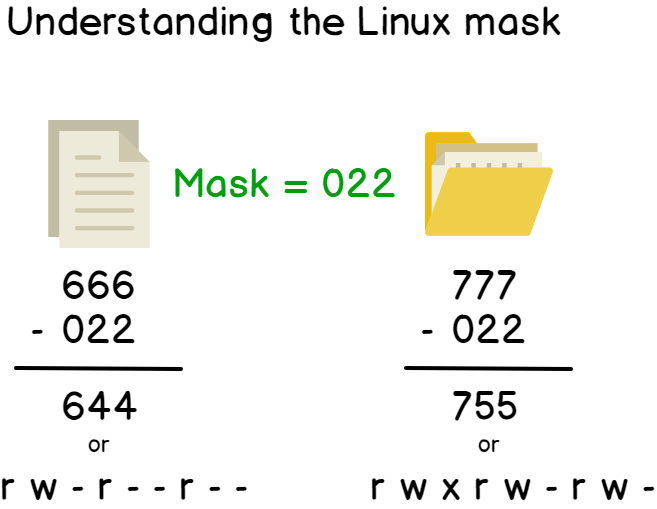



Linux File Permissions Complete Guide Devconnected
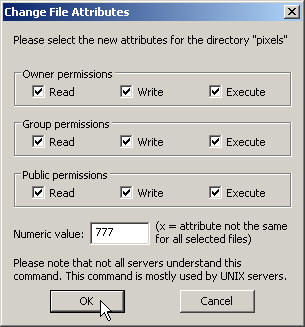



Chmod Permissions Tutorial Million Dollar Script
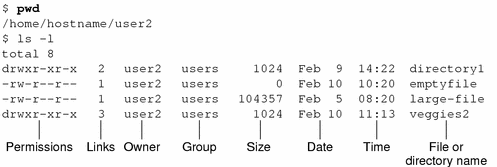



File And Directory Security



Chmod Cheatsheet Linux




Linux File Permissions Know The Reason Behind That Chmod 777 By Abhishek Chandra Medium




Tutorial4 Data Representation Numbering Conversion File Permissions Cdot Wiki
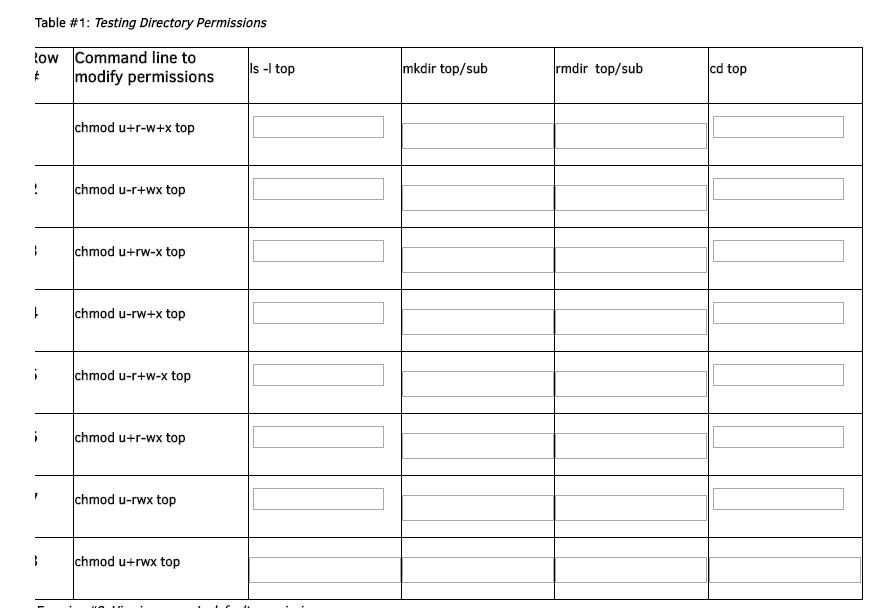



This Is In Linux While Logged In As A Regular Chegg Com




Workbook 4 File Ownerships And Permissions Ppt Video Online Download




Pin On Computer



Chmod
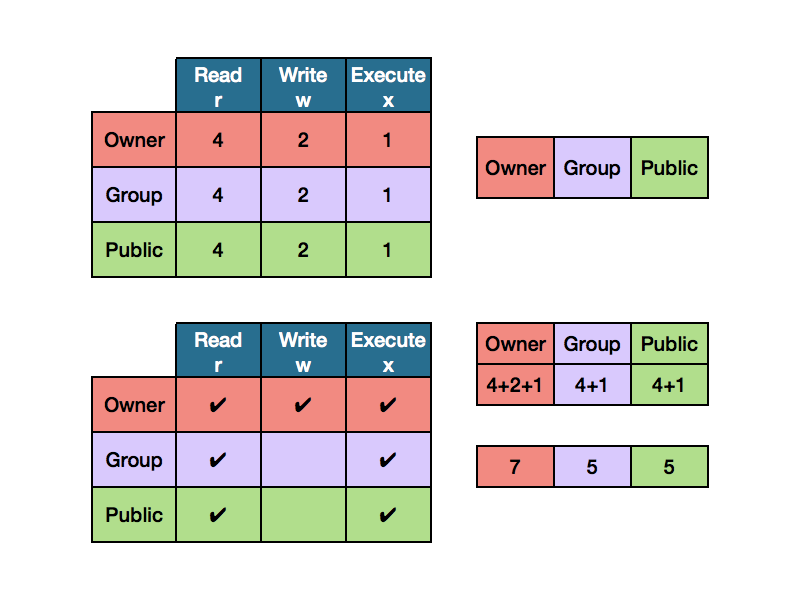



Chmod Tutorial Ryan S




How To Use Chmod Command In Linux Explained With Examples



I Made This Chmod Cheat Sheet And Thought It Might Be Useful Linux4noobs
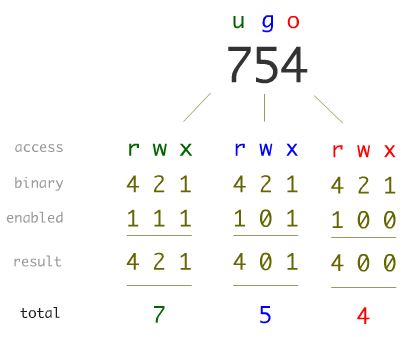



Unix File Permissions What Is Chmod Command In Unix




Owasp Zsc Shellcoder Generate Customized Shellcodes




100以上 Chmod Table Permissions
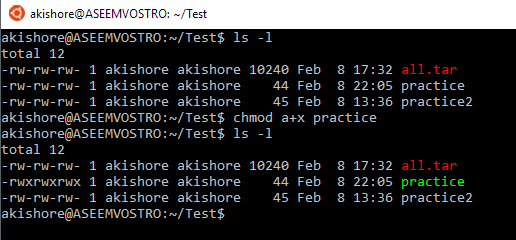



Understanding Linux Permissions And Chmod Usage




Restore Executable Permission To Chmod Command In Linux Ostechnix Mdeditor




Solved 3 Use Chmod With Octal Number To Forbid All Chegg Com




Unix File Permissions Computer Science




Linux File Permissions Complete Guide Devconnected




Command Line Understanding Chmod Symbolic Notation And Use Of Octal Ask Ubuntu




Linux Command Code For Ssh Network Configuration In Host Server Download Table



I Made This Chmod Cheat Sheet And Thought It Might Be Useful Linux4noobs




Chmod 777 A Definitive Guide To File Permissions
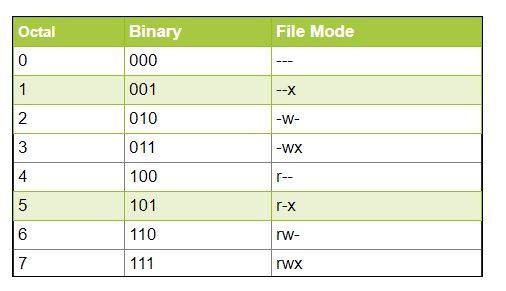



Permissions In Linux Geeksforgeeks




How To Use Chmod Command In Linux Explained With Examples
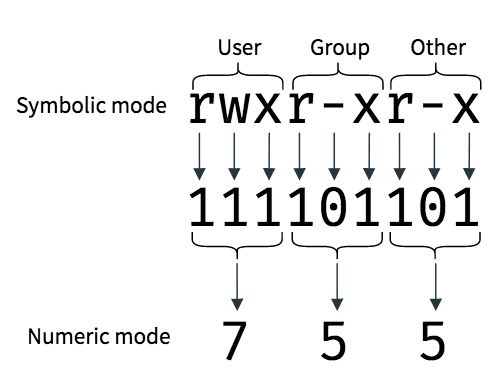



An Introduction To Linux File Permissions Boolean World




How To Change Existing Permission Numerically




File Permissions In Linux Unix Vk9 Security




Chmod Command In Ubuntu 04 How It Works
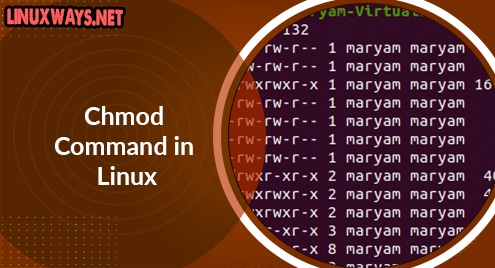



Chmod Command In Linux Linuxways
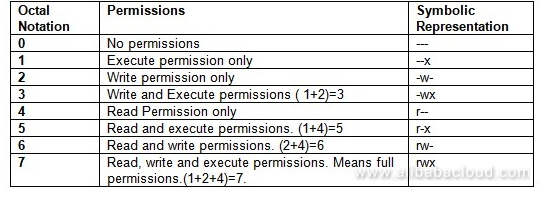



How To Use Linux File Permissions And Ownership On Alibaba Cloud Ecs Dzone Open Source




Chmod 777 A Definitive Guide To File Permissions




Linux Chmod Command Linux Permissions



Linux Permissions Calculator



0 件のコメント:
コメントを投稿